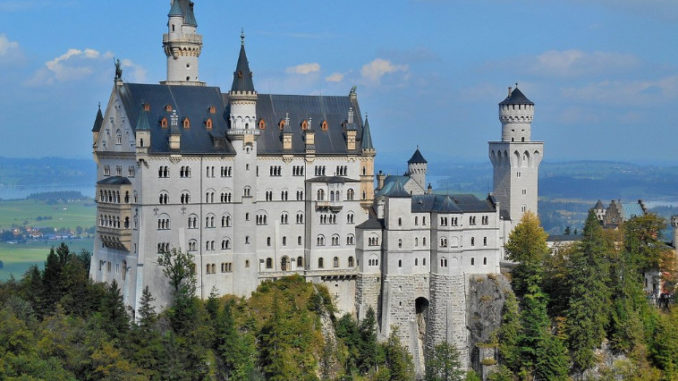
Located high in the Germany’s Alpine foothills is the iconic castle Neuschwanstein palace that was built by King Ludwig II of Bavaria. The fairy tale king wanted to have a place where he would withdraw from public life following his loss of power during the Austro-Prussian war.
There are beliefs that Ludwig wanted to have the feeling of still being in power even after losing it, so he decided to built the new castle to serve as a centerpiece for a virtual kingdom. The castle became a real-life flight of the imagination, a world modeled after the medieval legends. You can see the pictures mounted on the wall expressing love, repentance, guilt, and salvation especially in the interpretation of poets, knights, lovers, and kings.
When Was Neuschwanstein Castle Constructed?
In the summer of 1868, the construction of Neuschwanstein Castle broke ground, but it was not until September 5, 1869 that the foundation stone was first laid. By 1873, a section of the castle was already completed and ready for occupancy by Ludwig II, but the fairy tale king never lived to his imaginations and visions. The Square Tower and the Bower were in completion in 1892, about a quarter a century following the commencement of the construction work of the castle.
By this time, Ludwig had already passed away and the Neuschwanstein Castle was open to public. Initially, the castle was to have about 200 rooms, but only about 14 rooms were completed before funding for the project was cut. It’s estimated that the palace’s floor space is about 65,000 square feet.
Why Was The Castle Built?
Ludwig dedicated Neuschwanstein palace to the famous composer Richard Wagner. Wagner was Ludwig’s close friend as well as confidant for several years. Writing to Wagner, Ludwig pointed out, “The location is one of the most beautiful to be found, holy and unapproachable, a worthy temple …”
Talking of the design, Ludwig described it using these words, “guest rooms with a splendid view of the noble Säuling, the mountains of Tyrol, and far across the plain…”
Ludwig told Wagner, “This castle will be in every way more beautiful and habitable than Hohenschwangau.”
Although Ludwig II said that his intentions of building Neuschwanstein palace was to rebuild the ancient palace ruins of Hohenschwangau giving it an authentic style symbolizing the old castles of German knights, that could not have been the main reason. It is believed without dispute that the eccentric king constructed Neuschwanstein palace for both political and personal reasons.
The fantastical vision of Ludwig never came to life as the kingdom deteriorated even before the construction work was complete. Foreign banks were threatening to seize the property in 1885 though Ludwig never responded sensibly. The government declared Ludwig insane forcing him to get out of the throne.
Ludwig was weeks later found dead after moving into a new home in 1886. The cause for his death isn’t well known, but theories suggest that he committed suicide by drowning himself but others believe he died of assassination. The corpse of Ludwig was found close to Lake Starnberg. The body of the psychiatrist that had certified Ludwig as insane was also discovered alongside that of Ludwig.
Neuschwanstein Castle may be a real-life inspiration of the castle you see in Cinderella, an animated musical fantasy film and a Disney classic released in 1950. When you look at the castle in the Disney classic and the Neuschwanstein Castle, you find that the resemblance is striking. That being said, there is actually another Disney castle that is said to resemble Neuschwanstein Castle.
This is the Sleeping Beauty’s found in Disneyland. Walt Disney had a trip to Europe together with his wife before the construction work of the California theme park begun. During that trip, they stopped at Neuschwanstein where probably they were amazed by the design work of the palace. Representatives of Walt Disney’s California theme park narrated to the Orange County Register that Disney’s Sleeping Beauty Castle film was made with Ludwig II’s remarkable castle in mind.
Neuschwanstein Castle (Inside)
Neuschwanstein castle is referred to as the castle of paradox. The castle was constructed during a time when castles weren’t necessary to depict a stronghold. With a romanticized medieval design, Ludwig II needed it to have the state-of-the-art technological comforts at that time. The castle has a walled courtyard, spires, indoor garden, artificial cave, and towers. Although Neuschwanstein was modeled after medieval castles, it was equipped with flush toilet, hot baths, hot water in kitchen, and forced-air central heating system. An elevator serves the dining room from the kitchen that is located three stories below. Besides, Mad King Ludwig also named Louis II made sure that the place had telephone lines at a time when it was rare to find someone with telephone.
The throne room, which at the time of Ludwig’s death didn’t have a throne, was a model of the Byzantine basilica. The blue vaulted ceiling of the throne room is decorated with stars. The ceiling is supported using red porphyry columns. The two-story space is finished with a chandelier that’s 13-foot tall, an elaborate floor mosaic, and a painted cupola. The Throne Hall captures Ludwig’s fascination with being king.
Had the palace been completed, it would comprise over 200 rooms; however, no more than 15 were completed. In the lower stories, you find the servants and administrative rooms. In the upper stories, there are the king’s staterooms. The frontal structure hosts the lodgings within the third floor, and above the lodgings is the Hall of the Singers, the largest of the castle’s rooms. The west-facing posterior parts are taken up by the Throne Hall particularly the upper floors.
The first performance to take place in the Hall of the Singers was in 1933. It was a concert to commemorate the 50th anniversary of the death of Richard Wagner.
Besides the huge ceremonial rooms, there were other smaller rooms created to be used by Ludwig. For example, the royal lodging found on the third floor in the east wing is made up of eight rooms along with living space. There are also numerous smaller rooms in the royal lodging. The drawing room is designed using themes derived from the Lohengrin legend. An artificial grotto is located close to the drawing room forming a passage that leads to the study room. The dinning is located opposite the study room. The bedroom located next to the dining room has a huge bed with carvings. It took more than four years for fourteen carvers to work on the bed canopy together with the pinnacles and the oaken panelings. Ludwig was arrested in this room in the night on 12 June 1886.
A little chapel house was named after Saint Louis, and is found adjacent to the bedroom. The servants rooms are situated in the palace’s basement and are meagerly equipped with furniture made of massive oak. There are two beds in the servants’ rooms along with a table and a cabinet. Separating the rooms from the passageway connecting the main stairs with the exterior stairs is opaque glass window. This glass window ensured that the king would enter and leave without being seen. The servants didn’t have the permission to use the palace’s main stairs. Instead, they were restricted to using the steeper and narrower servant’s stairs.
Neuschwanstein palace is a symbol that reminds us of the era of Romanticism. It has been featured severally in different movies including the Luchino Visconti’s Ludwig released in 1972 and Helmut Käutner’s Ludwig II released in 1955. The war drama created in 1963 The Great Escape and the 1968 musical Chitty Chitty Bang Bang released in 1968 also feature the palace. The palace has also been an inspiration for famous structures like the Sleeping Beauty Castle of Disneyland.
Tickets and Hours for the Neuschwanstein Castle
Neuschwanstein is among the highly visited castles in Europe and the world. It receives in excess of 1.5 million visitors every year with more than 6000 visitors flocking in every day during the peak times from July to August. Tickets to the palace can be obtained from the Ticket center Hohenschwangau.
To avoid long lines, you can obtain the tickets before opening or wait until around 3 pm in the afternoon when visitors begin to reduce. A visit during the weekend or at off-season will also reduce the hassle of having to visit when there is a large crowd. Christmas is also another time you can visit the palace because visitors drop significantly in the months between November and April. From April to October 15, Neuschwanstein Castle doors are open from 9 am to around 6 pm. From October to March, the hours of touring the palace are shorter, usually running from 10 am to 4 pm.
Visitors can only enter the inside of the castle on a guided tour. The guided tour price is included in the admission fee. Visitors will have the tours in German and English, but they can also have them in other languages in an audio tour. A tour lasts for about 35 minutes and includes visits to the two-story throne room or Throne Hall and the Isolde-inspired bedroom among other areas of the castle.
Adult entry tickets to the Neuschwanstein Castle are priced at €13, which include a 1-hour guided tour. There is free entry for tourists below 18 years; with discounts to big groups, senior citizens and school going children.
Read more information on Neuschwanstein Castle.
Neuschwanstein Castle -Photos

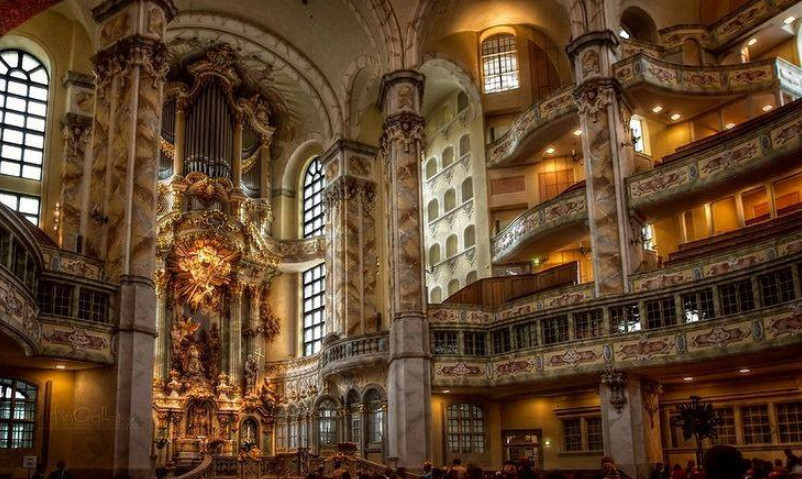
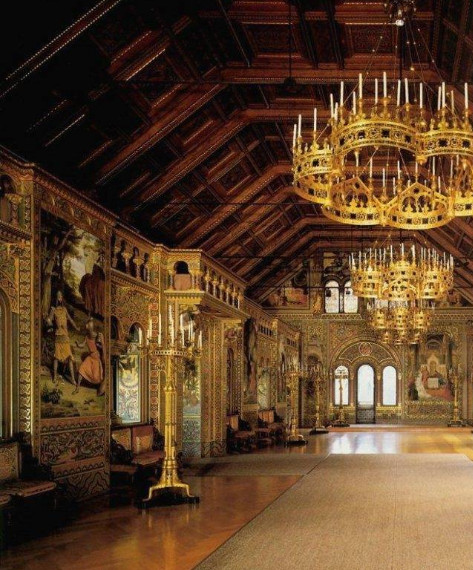
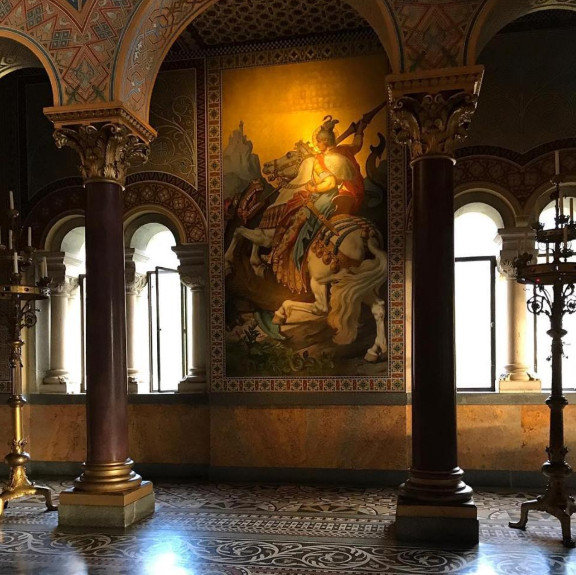
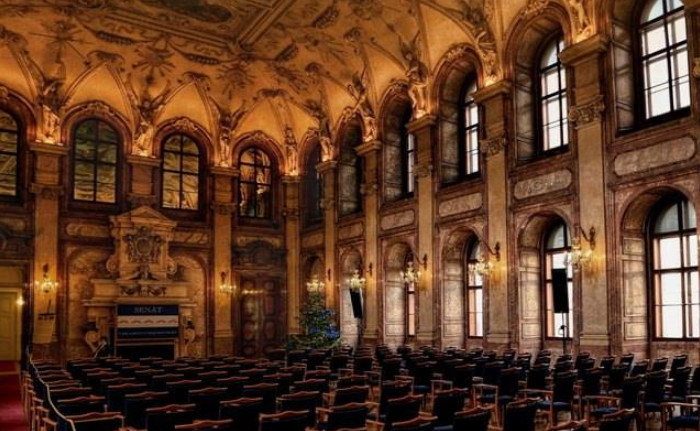
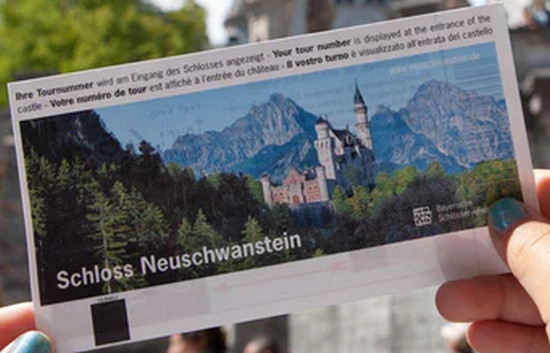
Neuschwanstein Castle – Location (How to reach)
Neuschwanstein Castle is located few kilometers to the east in the village of Fussen, in Bavaria.
You can reach this place by train, bus or car.
By train – There are direct trains between Fussen and Munich every two hours. If you wish to return the same day to Munich, you can take the ‘Bayern-Ticket’.
By Bus – From the Southern part of Bavaria, you will come across many bus operators that go to Fussen. You wil also find buses at Munich main station.
By car – From Munich, take the B 17 route (Bundesstraße 17) and move to the end of the Romantic Road.

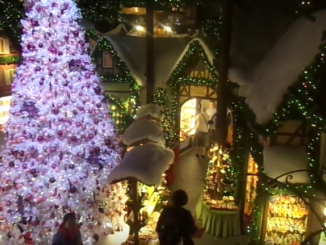
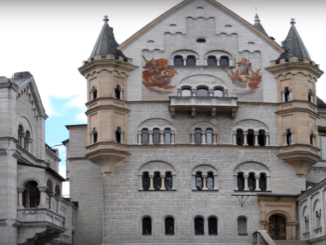
Be the first to comment